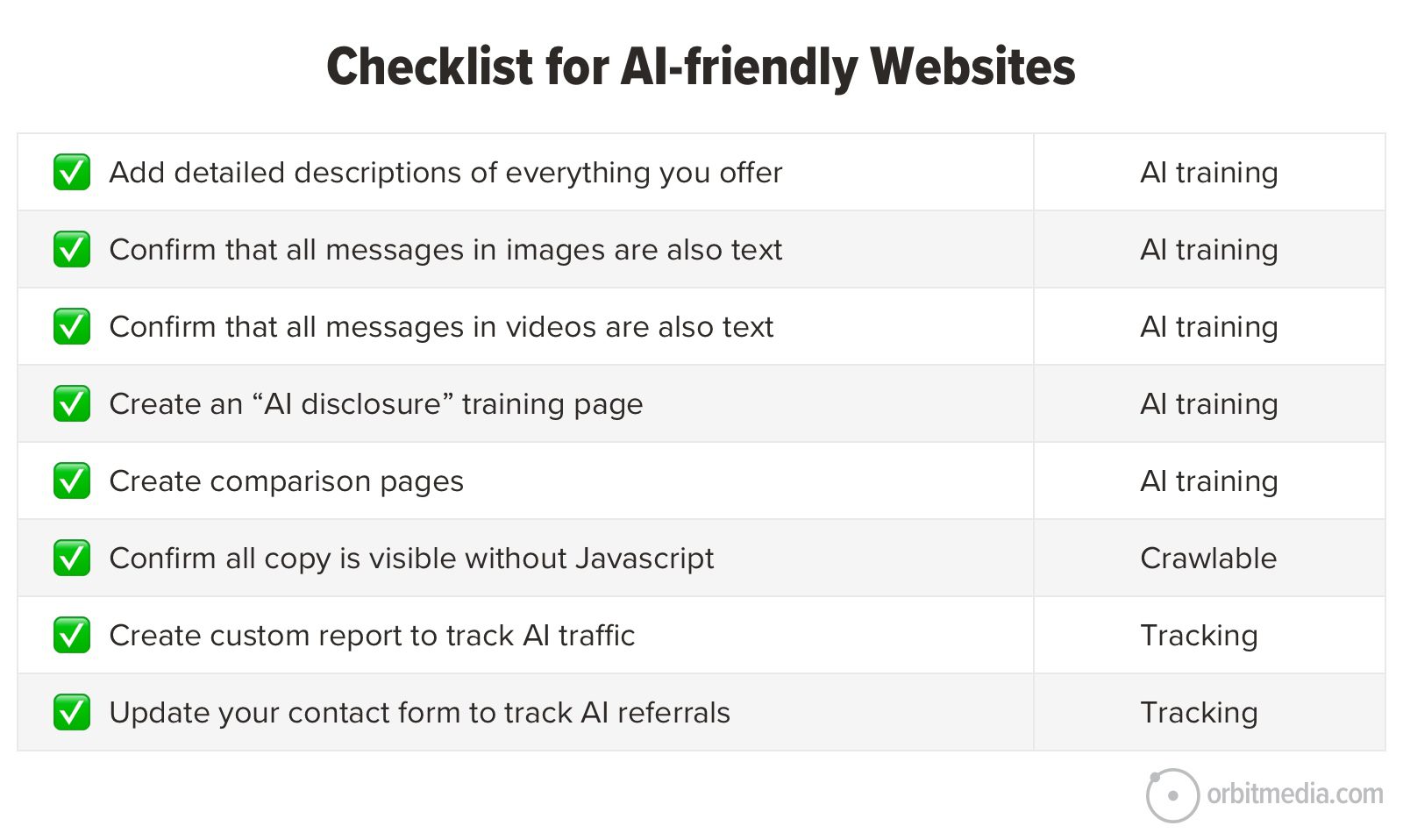How Many Words Should a Blog Post Be?
Blank pages are intimidating, especially as a new writer. Staring at one makes you wonder, “How long should this thing be?” Some swear by short, snappy posts. Others insist longer is better. Search engines, readers, and content goals all play a huge role in finding the perfect word count. Quick Takeaways Short posts (300-600 words) […]


Blank pages are intimidating, especially as a new writer. Staring at one makes you wonder, “How long should this thing be?” Some swear by short, snappy posts. Others insist longer is better. Search engines, readers, and content goals all play a huge role in finding the perfect word count.
Quick Takeaways
- Short posts (300-600 words) work for quick updates but don’t rank well.
- Medium-length posts (800-1,200 words) offer depth without dragging.
- Long-form posts (1,500+ words) dominate when covering bigger topics.
- Audience expectations and content goals should dictate word count.
Short Posts: Quick, But Limited
Sometimes, less is more—except when it isn’t. A 300-600 word blog post works for quick updates, industry news, or answering simple questions. It’s easy to read, easy to write, and easy to forget.
Search engines tend to ignore short posts unless they target hyper-specific, low-competition keywords. Longer content usually outranks it because it provides more depth, context, and opportunities for optimization.
Best Uses for Short Posts:
- Quick updates or announcements
- Trending topics that don’t need much detail
- Social media-driven content meant for sharing
Short posts serve a purpose but don’t always bring long-term traffic.

Medium-Length Posts: More Balance
An 800-1,200 word blog post feels just right. Long enough to add value, short enough to keep attention. It allows for examples, explanations, and structure without overwhelming the reader.
Search engines appreciate posts in this range because they provide more information than shorter content while still being digestible. Readers get enough detail to walk away informed without feeling buried under too much information.
Best Uses for Medium-Length Posts:
- How-to guides with clear steps
- List-based articles that break down concepts
- Thought leadership pieces that spark discussion
If your goal is engagement and ranking well without writing a novel, this is the sweet spot.
Long-Form Posts: Deep and Detailed
When a topic needs serious attention, long-form content takes the lead. Anything over 1,500 words falls into this category, and search engines love it. Longer content attracts backlinks, keeps users engaged longer, and covers topics thoroughly.
Just adding words isn’t enough. Long posts need structure, strong formatting, and engaging writing. Otherwise, readers lose interest fast.
When Long-Form Works Best:
- Comprehensive guides that answer multiple questions
- Case studies with data-driven analysis
- Comparison pieces weighing different options
A 2,000-word article stuffed with fluff won’t beat a 1,000-word post packed with useful details. Depth matters, but so does quality.
SEO and Blog Word Count
Search engines don’t rank content based on word count alone, but longer posts often perform better. Why? More words mean more opportunities to include relevant keywords, address multiple search queries, and provide well-researched information.
Shorter posts can still rank, especially for niche topics. A concise, well-optimized 600-word article answering a specific question may outrank a 2,000-word post that rambles.
Factors That Matter for SEO:
- Relevance to search intent
- Structured headings and subheadings
- Internal and external linking strategies
- Readability and engagement metrics
SEO success isn’t about word count—it’s about writing something worth reading.

What Readers Actually Want
Some people skim. Others read every word. Knowing your audience makes a difference when choosing blog length.
A technical audience expects depth. Casual readers prefer quick takeaways. Analyzing engagement data reveals whether people finish posts, bounce early, or crave more details.
Ways to Keep Readers Engaged:
- Short paragraphs and bullet points
- Images and visuals to break up text
- Conversational, engaging writing
- Clear subheadings for easy navigation
Long or short, a post should be structured in a way that keeps readers scrolling.
The Role of Content Purpose
Word count depends on the goal. A blog meant for quick social media engagement isn’t the same as one designed for long-term search traffic.
Shorter posts serve immediate needs but fade fast. Longer content remains useful over time and attracts steady traffic.
Matching Word Count to Purpose:
- Evergreen content benefits from depth
- News updates stay short and punchy
- Product reviews thrive on detail
A post should be as long as it needs to be—no more, no less.
Formatting Matters More Than Length (Kind Of)
A long post without structure feels like a wall of text. Proper formatting makes content easy to scan and digest. However, you still don’t want to go too far over the word requirement for the specific content you’re writing.
Best Formatting Practices:
- Use subheadings to break up sections
- Keep paragraphs short
- Add images, charts, or infographics
- Use bold text for key points
Readers appreciate content that respects their time.
How to Choose the Right Word Count
There’s no magic number. The right length depends on topic complexity, audience preferences, and SEO goals.
Questions to Ask Before Writing:
- What does the audience expect?
- How much detail does the topic require?
- Is this post designed for quick reading or long-term traffic?
Word count should serve the content, not the other way around.
Content Length by Blog Type
Different types of blogs thrive at different lengths.
| Blog Type | Ideal Word Count |
| News Updates | 300-600 words |
| How-To Guides | 1,000-2,000 words |
| Product Reviews | 1,500+ words |
| Listicles | 800-1,500 words |
| Case Studies | 2,000+ words |
Choosing the right length depends on content goals and audience expectations.
The Verdict: Word Count Matters
But, word count alone doesn’t make a blog post great. Relevance, readability, and engagement matter more than hitting an arbitrary number. A post should be as long as necessary to cover a topic well—no more, no less.
Instead of only considering length, focus on writing something people actually want to read.
Marketing Insider Group can help you create blog content that adapts to emerging trends. With a focus on actionable solutions, we help businesses optimize their online presence for long-term growth. Contact us to stay ahead in the evolving world of content.



























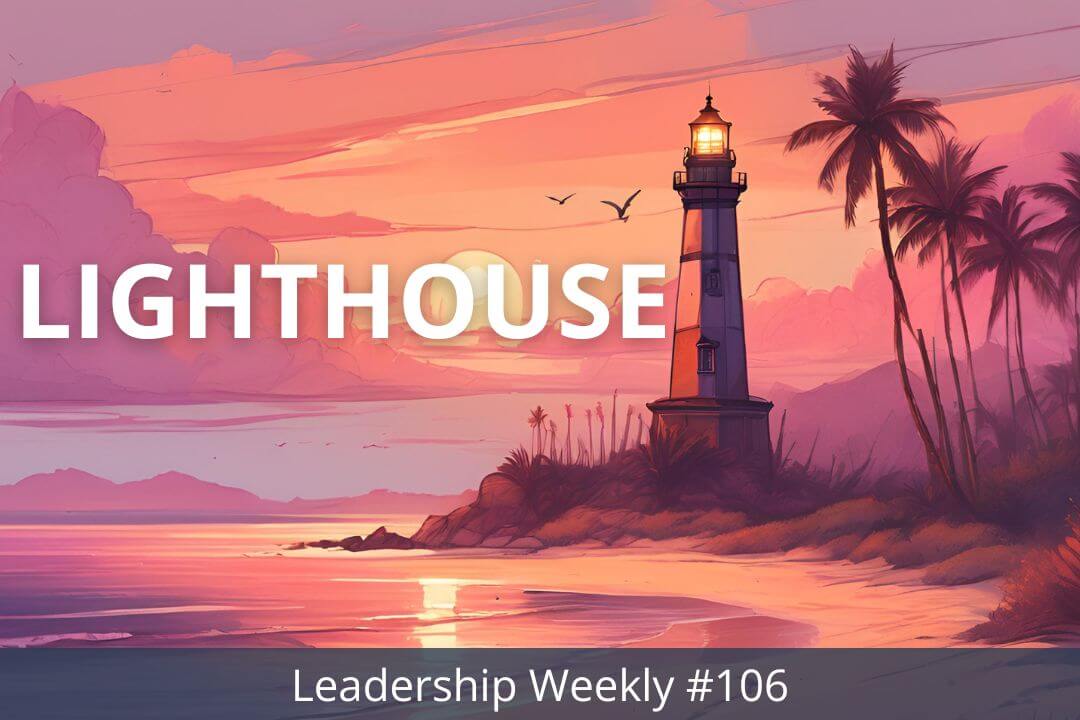

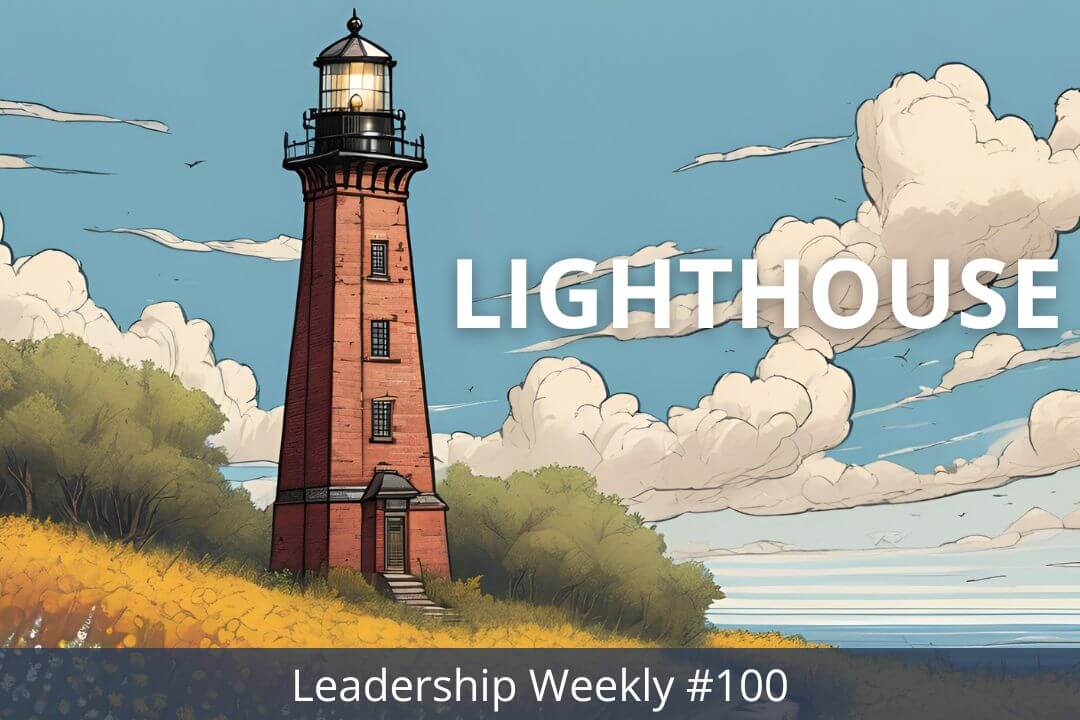
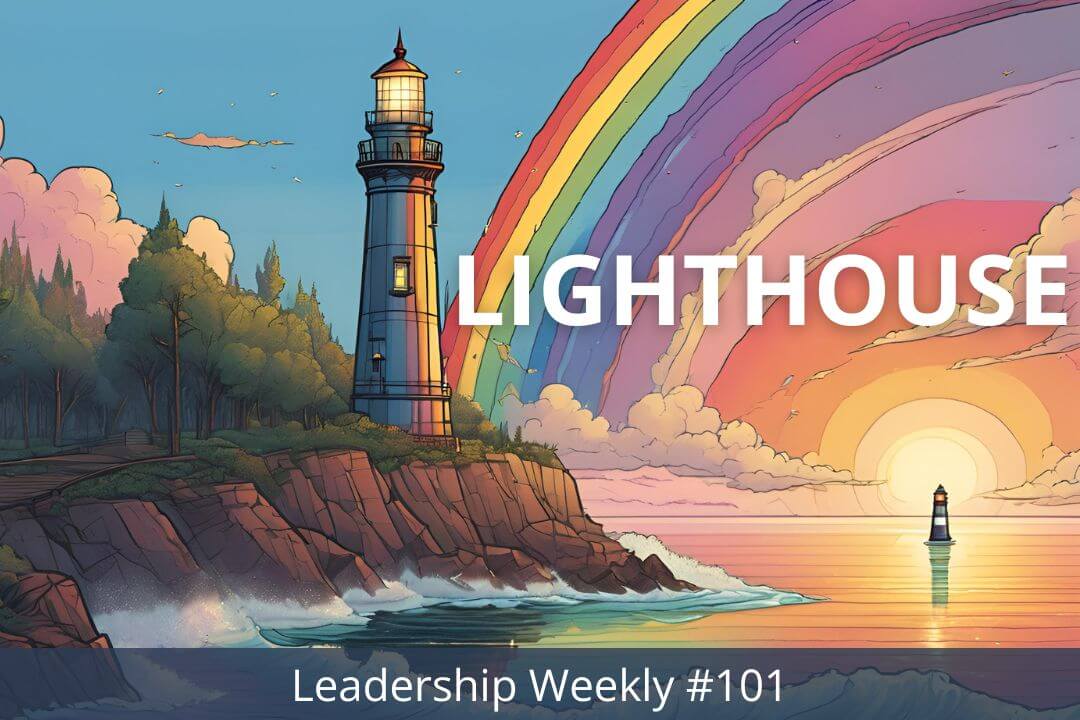














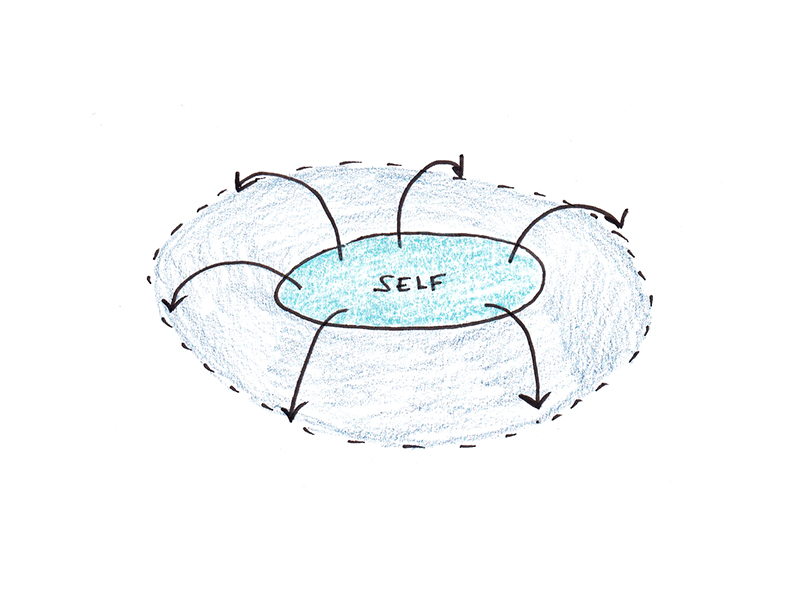
















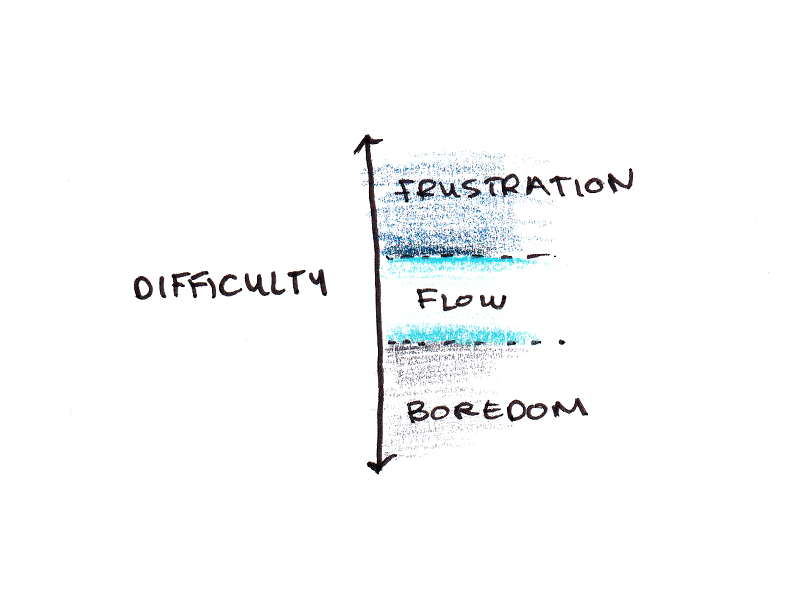

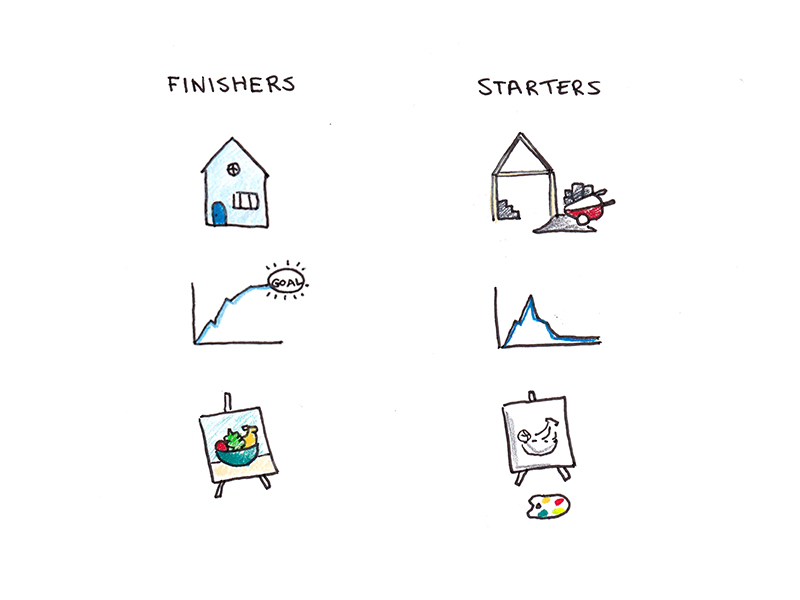

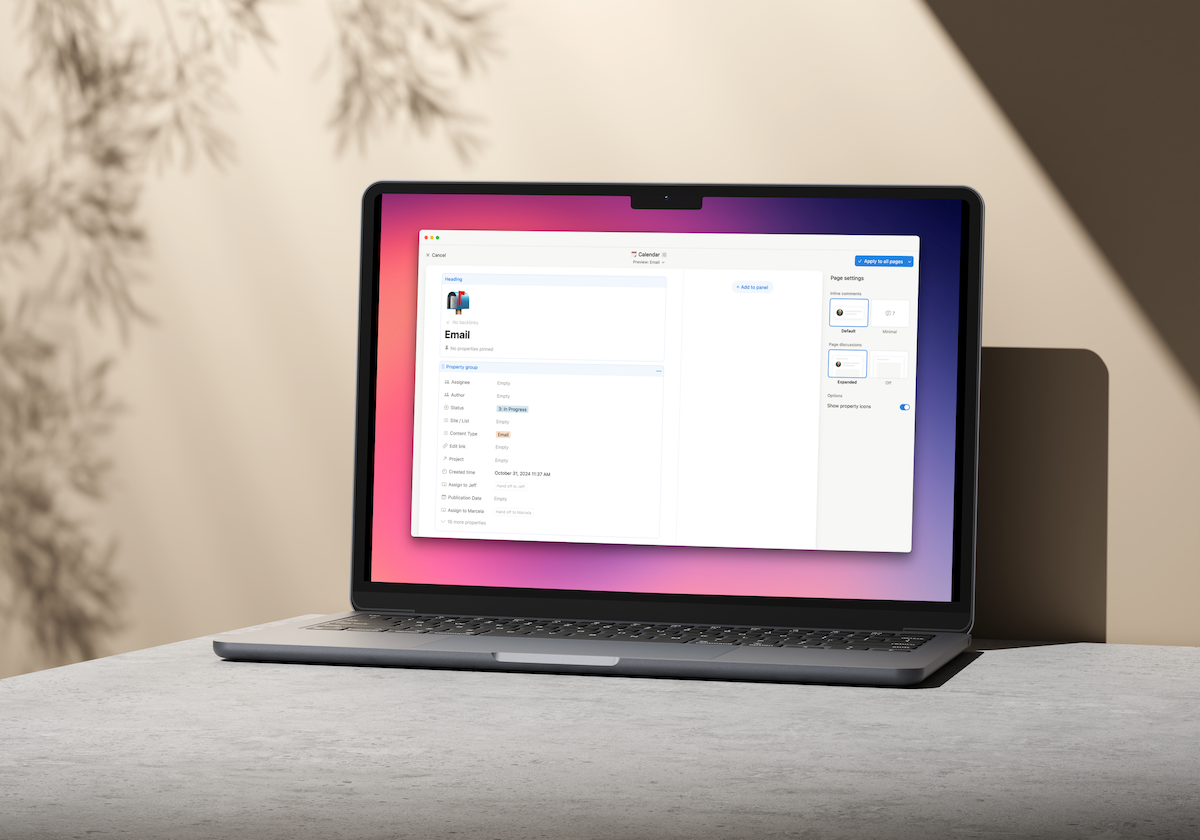













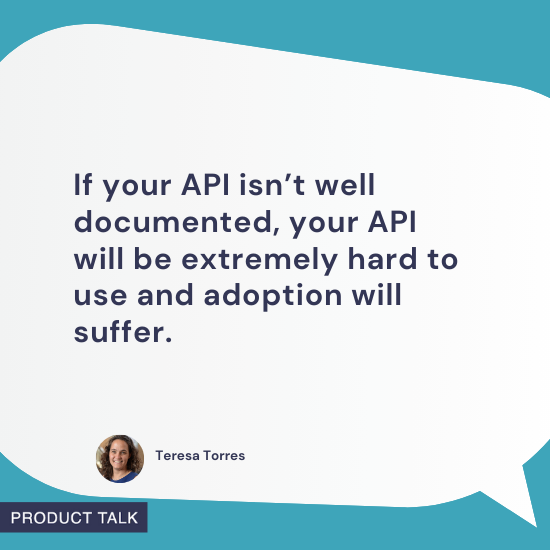
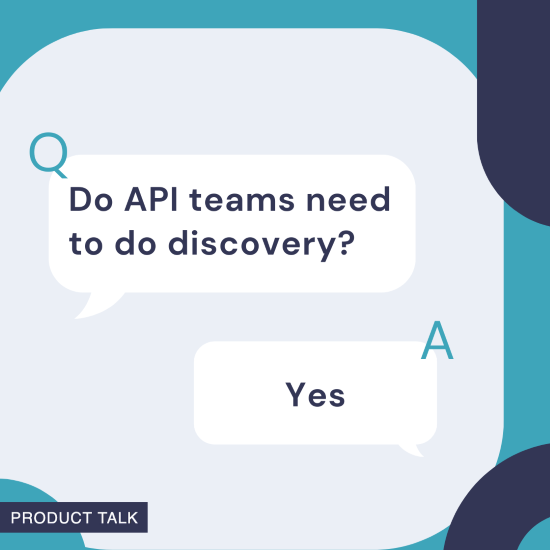
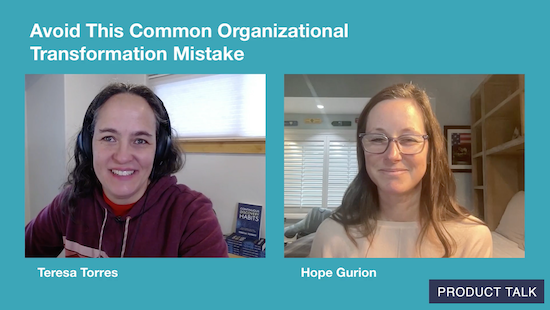
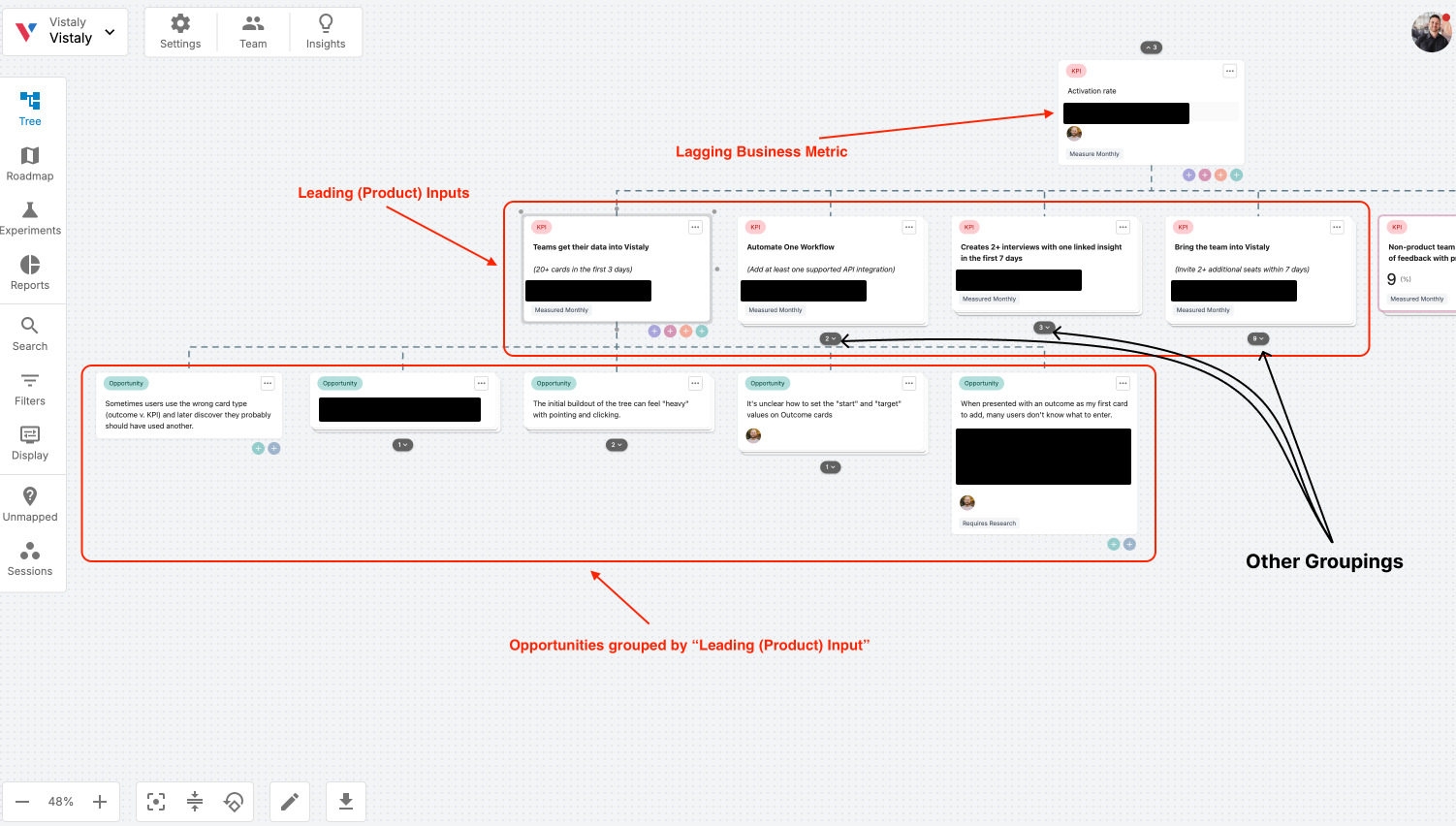















![Building A Digital PR Strategy: 10 Essential Steps for Beginners [With Examples]](https://buzzsumo.com/wp-content/uploads/2023/09/Building-A-Digital-PR-Strategy-10-Essential-Steps-for-Beginners-With-Examples-bblog-masthead.jpg)
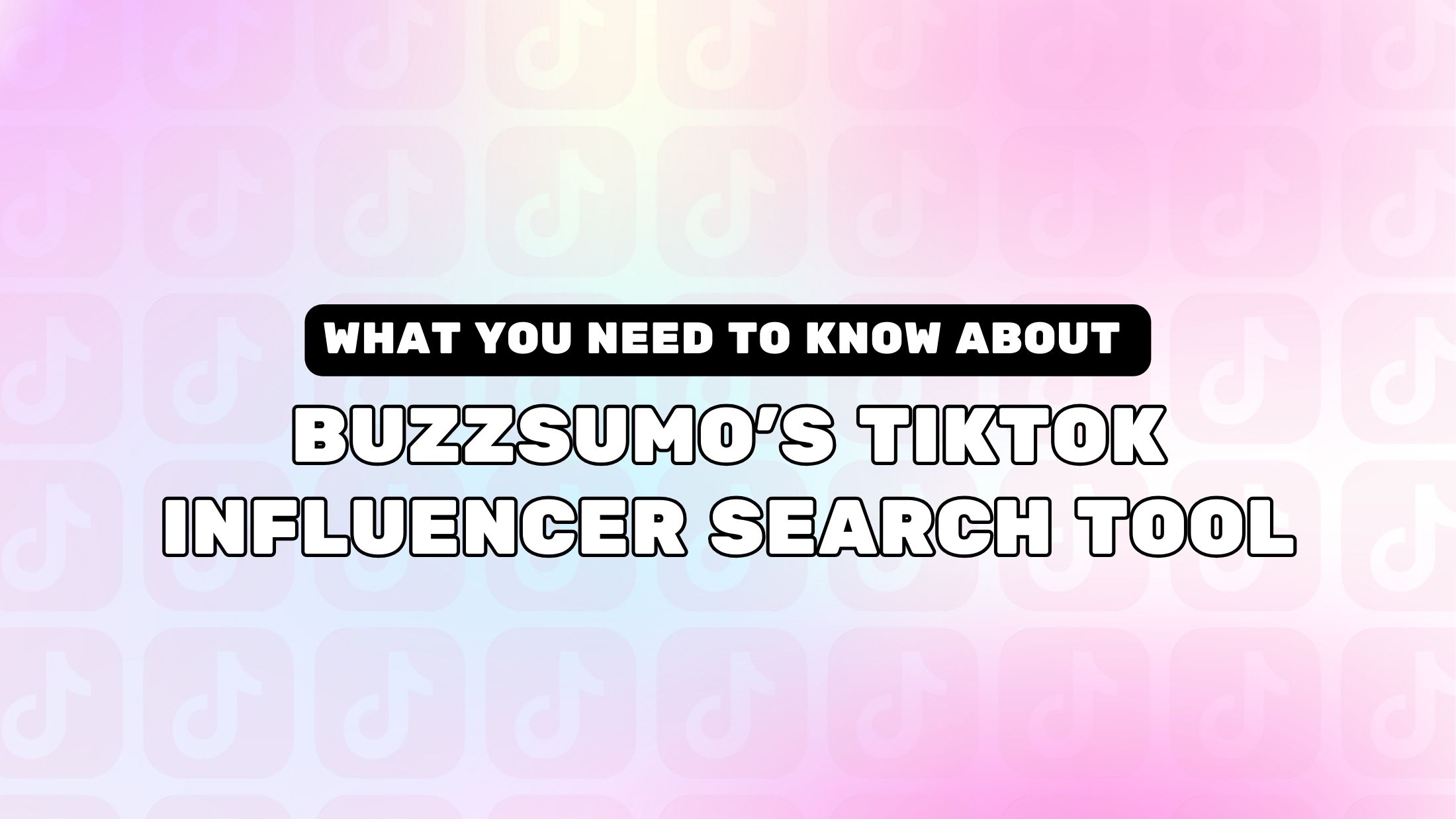
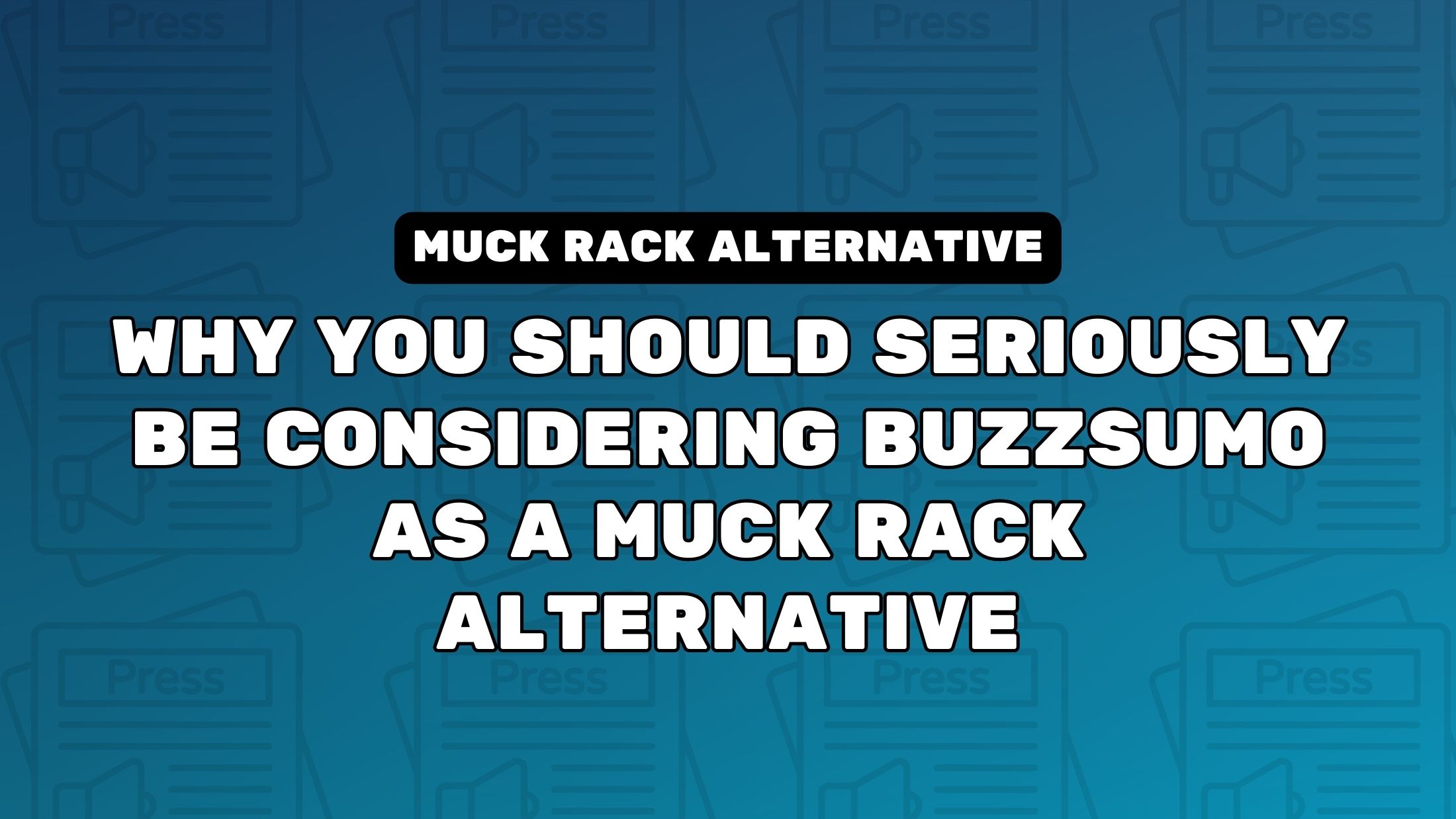
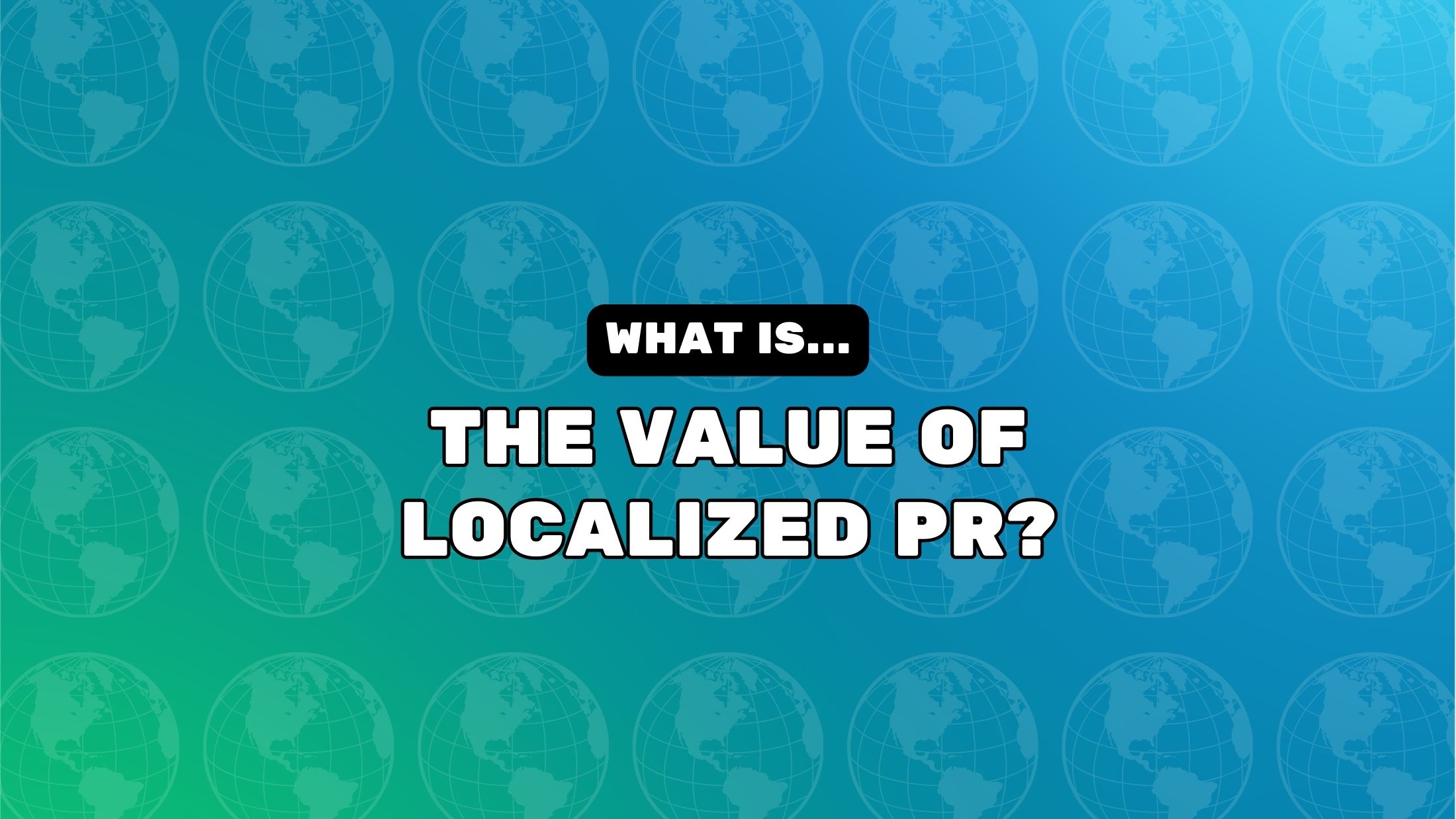


![How One Brand Solved the Marketing Attribution Puzzle [Video]](https://contentmarketinginstitute.com/wp-content/uploads/2025/03/marketing-attribution-model-600x338.png?#)




